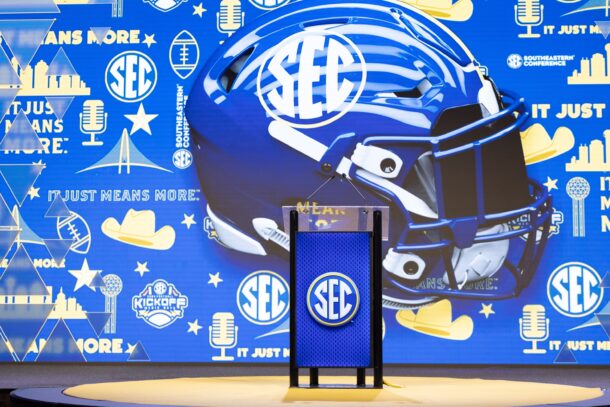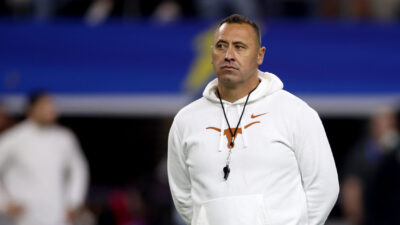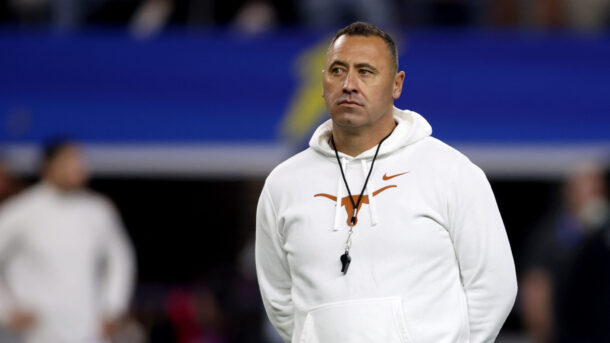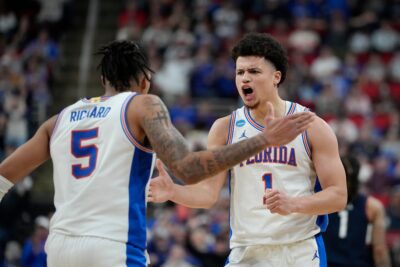Ad Disclosure
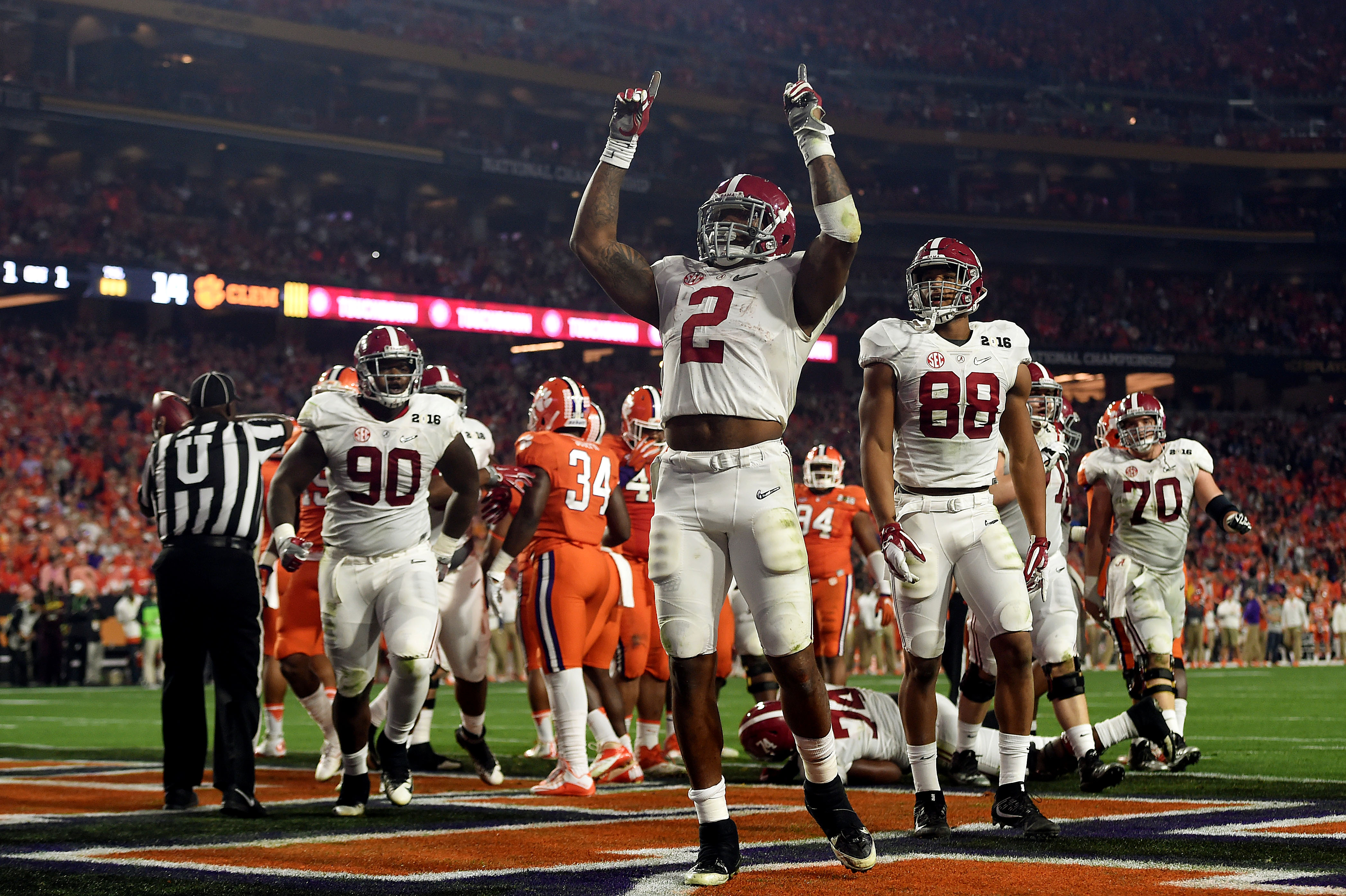
March Madness remains gold standard for college postseason
By John Hollis
Published:
College basketball’s “March Madness” remains the undisputed King of the Hill when it comes to the postseason formats of the major sports of football, basketball and baseball.
America has long prided itself on fairness, and nowhere is that more embodied than in the level playing field of the NCAA Tournament, where everybody in the field has the same opportunity to win the national championship. Power programs like Kentucky, North Carolina, Duke and UCLA face the same daunting six-game gauntlet as, say, Stephen F. Austin in the bid to be crowned college basketball’s champion.
Championships by underdogs N.C. State (1983) and Villanova (1985) are proof enough that anything can happen in March Madness. Memorable tournament runs to the Final Four by unlikely participants in the likes of lovable underdogs George Mason (2006) and VCU (2011) serve as inspiration for the little guys everywhere with dreams of someday standing on the big stage.
Butler made it to the championship game in 2010 and 2011.
It’s those possibilities that consume America for three weeks, talk abounding everywhere about office pool NCAA Tournament brackets and memorable upsets. More than 50 million Americans are estimated to participate in at least one pool every year as national productivity plummets precipitously and the government turns a temporary blind eye to the illegal gambling that can be found in every office across the land.
An avid basketball fan, President Barack Obama has even cemented the tournament’s place as an unofficial national pastime by annually picking his bracket on national television.
The tournament’s popularity has made advertising during March Madness big business as well, with ad revenues from the tournament exceeding $1 billion annually. Only the Super Bowl charges more for a 30-second ad spot.
The NCAA Tournament has in every way become an indelible staple of our society just like the Super Bowl, every bit as American as Mom, apple pie and Chevrolet.
Of course, that’s not to say that the other major college sports don’t have a good approach to the postseason. It’s just the NCAA Tournament is in a league all to itself.
College football ranks a strong second in postseason excitement thanks to a college football playoff that has finally usurped an antiquated bowl system to pit the nation’s four best teams against one another on the field.
There’s still work to be done as the format is bound to expand to eight eventually, but college football can at last say it has a true national champion and not some mythical one determined in some smoke-filled back room.
There was a palpable national buzz as the inaugural College Football Playoff neared, and with good reason, too. It’s what fans had clamored for over the years, and they finally got their wish. Ratings proved to be gold, with the 2015 national championship game between Ohio State and Oregon ranking as ESPN’s highest-rated broadcast of all time.
Viewing numbers for the two semifinals dipped mightily in Year 2 in December 2015 thanks to the foolish decision to schedule the semifinal games late on New Year’s Eve just to placate bowl officials desperately trying to hang on to their waning influence and not move their traditional kickoff days and times. ESPN officials lobbied unsuccessfully for changes, only to be denied.
Overall bowl ratings on New Year’s Day were disastrous as well thanks to the many blowouts and lack of marquee players and teams. The proliferation of so many bowls has cheapened their overall value as the many empty stadiums would attest.
An eight-team playoff is clearly the future of college football, but the bowl system refuses go away quietly. Until that issue is resolved, college football will never become the staple that the NCAA Tournament is.
The College World Series remains the crown jewel of the baseball season, but it has yet to command America’s attention like either college basketball or college football.
Or come even close for that matter.
Much like the sport as a whole, college baseball is struggling under the weight of lengthy games that cause viewers to tune out and an ever-shrinking demographic base. The sport must expand its appeal to more groups of Americans if it ever hopes to reach the lofty heights of the NCAA Tournament.
It spoke volumes that viewership for the women’s 2015 College World Series softball easily eclipsed viewership for the men’s baseball championship between eventual champion Virginia and Vanderbilt by 31 percent, according to sportstvrating.com.
John Hollis is a contributing writer for Saturday Down South. He covers Georgia and Florida.
